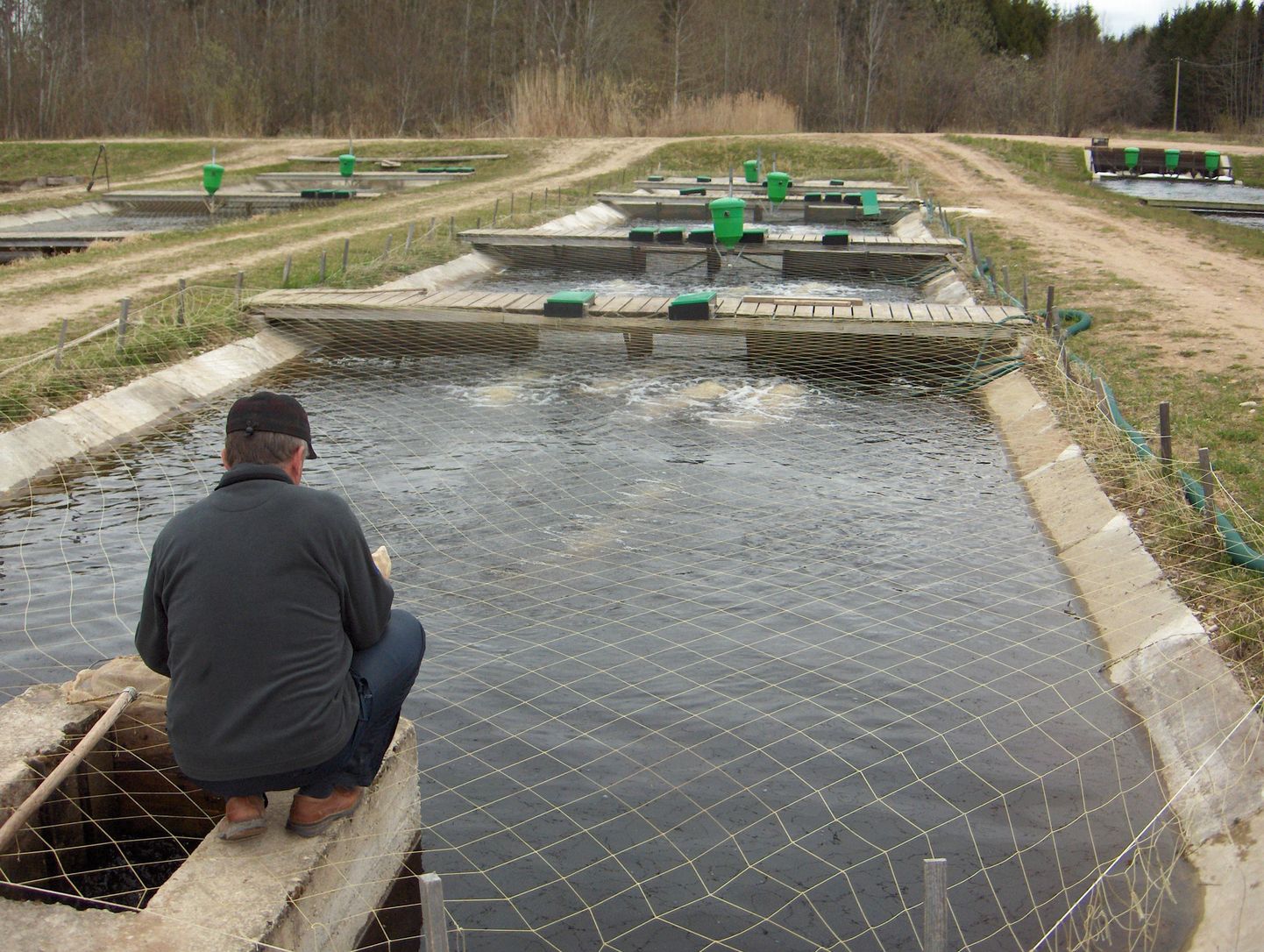Meanwhile, he says, the weakness of the regulation allows for multiple interpretations in court cases. «It was like a lure that drew a dozen newcomers into the industry but nearly none of these remain,» says Mr Lulla. To this agrees a rare farmer able to present both growth in production and decent profits.
«There were people coming into fish farming we had never heard of before, and wanted to build a farm someplace – the EU money was attractive, see» says Hans Kruusamägi, a fish farmer since 1998, whose Simuna Ivax has drawn €869,207 from the fund.
«We sell wholesale volumes: ten tonnes or around that. Not having processing option at the moment, we order pre-processing at licensed departments,» says Mr Kruusamägi whose couple-of-hundred tonnes a year goes to Selver, Prisma and other chains operating in Estonia.
«Estonian fish is good fish, we have never had problems with marketing,» he says while adding he foresees no giant leap in production volume near term.
«The key is feed, making up main part of own price. Feed costs much and at that production is very difficult in our conditions. We are not Norway, we mainly farm the fish in summer and in closed conditions you don’t grow large 1.5 kg ones,» he explains.
But he assures us that one day Simuna Ivax will make it to planned 800 tonnes a year: «We had production shrink a bit. When you are building, you cannot produce fish along with that in same volumes.»

